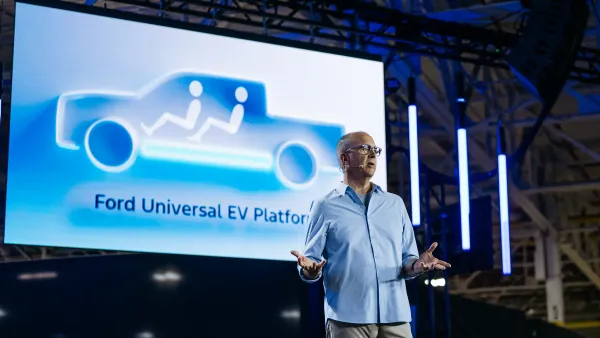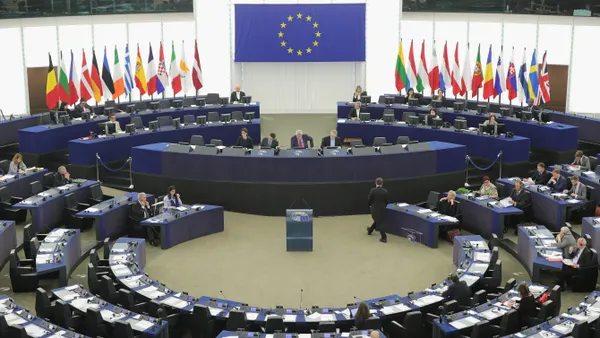Dive Brief:
- Walmart confirmed in its latest sustainability report that it anticipates delays in achieving its emissions reduction targets for 2025 and 2030, but reiterated its commitment to taking “meaningful” climate action and lowering its carbon footprint.
- The retail giant said it procured 48.5% of its global electricity needs from renewable energy sources last year and 30.6% of its electricity needs were supplied through renewable energy contracts. The company has a goal of using renewable energy to power half of its global operations by 2025 and 100% of its operations by 2035.
- Last week’s report also noted a decline in Walmart’s emissions intensity, which dropped 3.7% year-over-year in 2024. Walmart decreased its emissions intensity — which measures the amount of emissions released per million dollars of revenue — by 47.4% since 2015, while increasing its total revenue to $681 billion in the past decade. Walmart said its business is “roughly half as emissions intensive” as it was in 2016.
Dive Insight:
The retail giant did report a 1.1% jump in its year-over-year scope 1 and scope 2 emissions in 2024, which increased to nearly 16 million metric tons of carbon dioxide equivalent.
Walmart attributed last year’s carbon increased footprint to an uptick in transportation-related emissions being generated in the U.S. due to business growth and increased emissions generated in its Mexico and Central America markets from business growth and a decline in renewable energy output. The company said the drop in renewable energy output was linked to heat and droughts in the region.
Despite its operational emissions increasing in 2024, Walmart said its overall scope 1 and 2 emissions were 18.1% lower than its 2015 baseline. The company has a target to achieve zero emissions across its global operations — or scope 1 and 2 categories — by 2040.
“Progress is not always straightforward or linear,” Walmart Executive Vice President and Chief Sustainability Officer Kathleen McLaughlin said in the report. “It requires partnership across sectors, industries, and communities among groups with different perspectives and priorities.”
Last year, Walmart announced it expects to miss a pair of goals that aimed to reduce its scope 1 and scope 2 greenhouse gas emissions 35% by 2025 and 65% by 2030. In its December 2024 announcement, the retail giant said its annual operational emissions increased by 3.91% year-over-year in 2023, and achieving its decarbonization target “will require innovation and technology that is not available or economically viable, or fully scalable today.”










